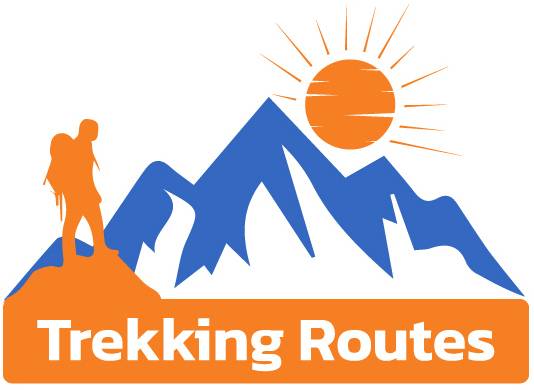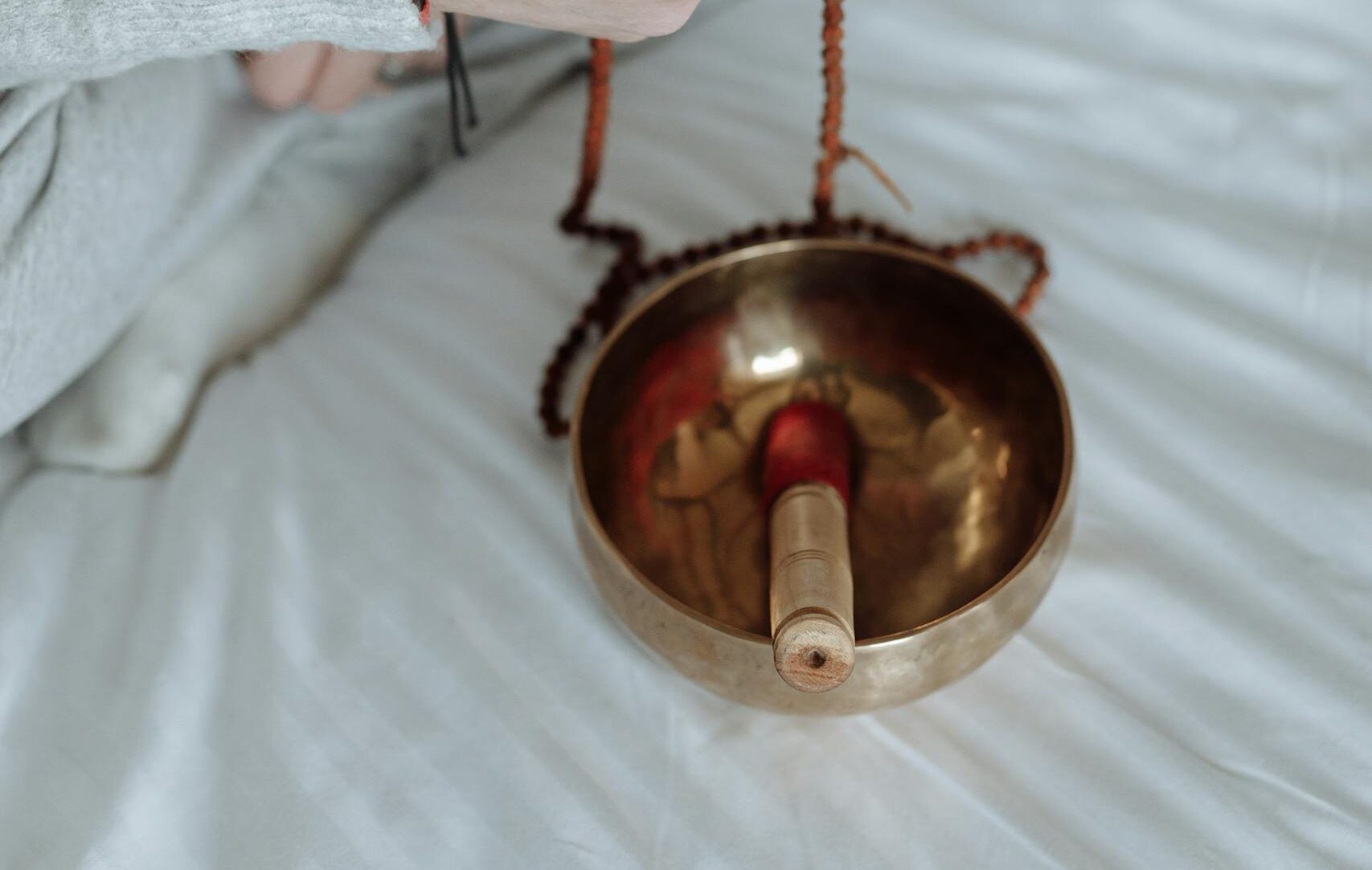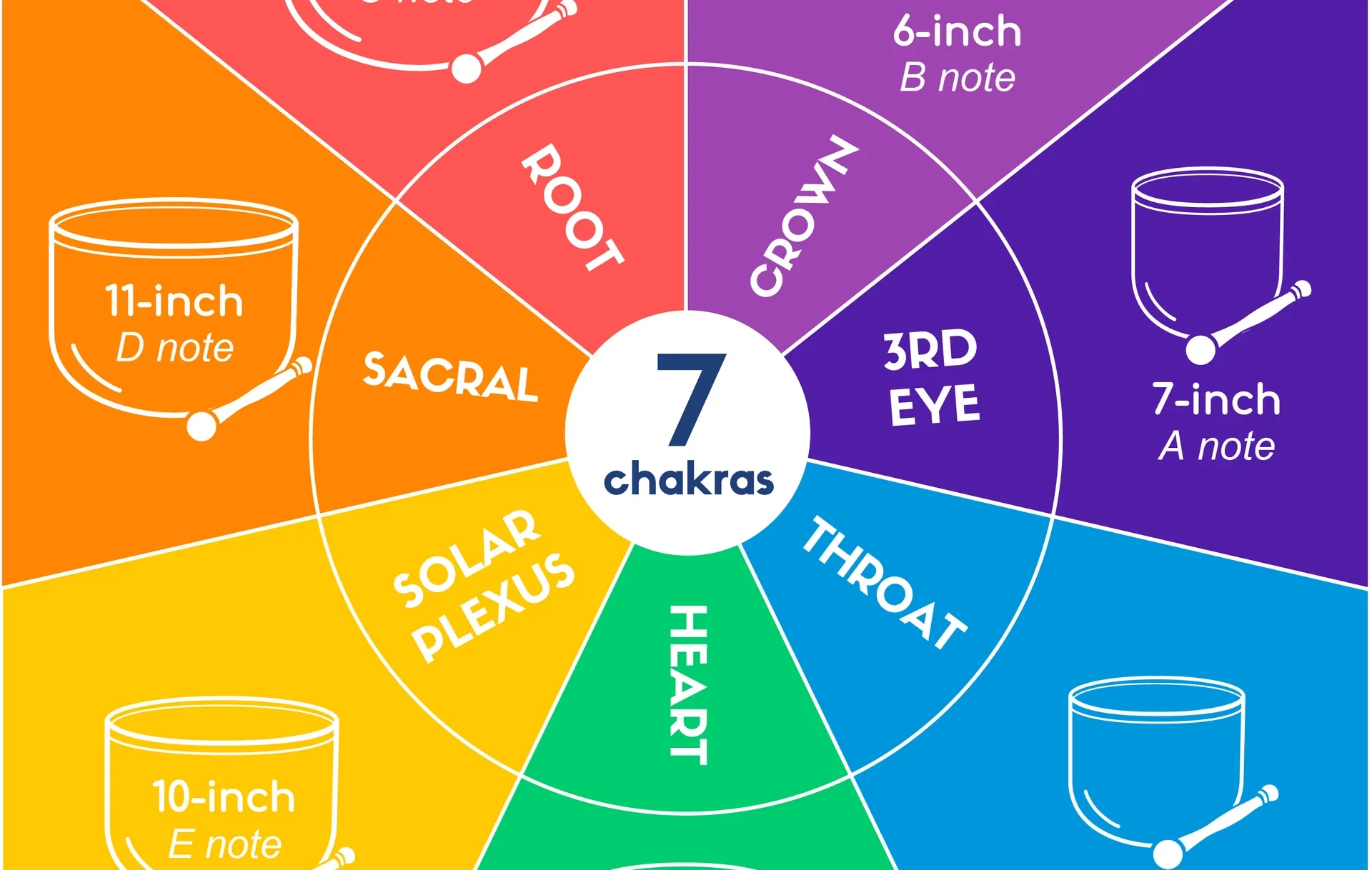1. Introduction
Hiking is an exhilarating way to connect with nature, challenge yourself, and explore stunning landscapes. However, even the most seasoned hikers can encounter unexpected situations on the trail. Safety should always be a top priority during any outdoor adventure, no matter how short or long the trek. One crucial element of hiking preparedness is carrying a well-equipped first aid kit.
A first aid kit isn’t just a convenience—it’s a necessity. From minor injuries like cuts and blisters to more serious situations like sprains or dehydration, having the right supplies can make all the difference. Immediate care can prevent a small issue from escalating into a major problem, ensuring your trek remains safe and enjoyable. Whether you’re hiking solo or with a group, being prepared is key to confidently navigating the unpredictable nature of the great outdoors.
At Trekking Routes, we prioritize your safety and well-being. As experts in planning unforgettable treks, we understand the importance of preparation and encourage every adventurer to carry a reliable first aid kit. Our mission is to make your hiking experience as safe as it is memorable, so you can focus on the breathtaking beauty that awaits you on the trail.
2. Why Carry a First Aid Kit on Your Hike?
Hiking offers a sense of freedom and adventure, but it also comes with risks. The unpredictable nature of the outdoors means that even a simple trail can present challenges. Common injuries like blisters, cuts, scrapes, and insect bites can occur, while more serious issues like sprains, dehydration, or allergic reactions can quickly escalate if unprepared. Harsh weather, uneven terrain, and remote locations can further complicate these situations.
Carrying a first aid kit ensures you’re ready to handle such challenges, offering peace of mind and potentially life-saving assistance. A well-stocked kit allows you to treat minor injuries, reducing discomfort and preventing infections quickly. For more serious conditions, it buys you valuable time until professional medical help is available. Being prepared also enables you to assist fellow hikers in need, creating a safer environment for everyone on the trail.
Preparedness is key to enjoying the outdoors responsibly. A first aid kit is more than just a collection of supplies—it’s a crucial tool that ensures your adventure isn’t cut short by avoidable mishaps. Investing in a reliable kit and learning basic first aid skills can turn a potential crisis into a manageable situation, keeping your hike safe and enjoyable.
3. Essentials for a Hiking First Aid Kit
3.1. Basic Medical Supplies:
- Bandages (various sizes)
- Adhesive tape
- Antiseptic wipes
- Gauze pads
- Tweezers and scissors
3.2. Medications:
- Pain relievers (ibuprofen, aspirin)
- Antihistamines
- Antidiarrheal medication
- Personal prescription medications
3.3. Emergency Items:
- Emergency blanket
- Whistle
- Multi-tool or knife
- Waterproof matches
3.4. Additional Items for Longer Hikes:
- Splints
- Moleskin for blisters
- Electrolyte tablets
4. How to Pack and Organize Your First Aid Kit
Packing a first aid kit for hiking is all about striking the right balance between functionality and portability. A lightweight and compact kit ensures you’re prepared for emergencies without adding unnecessary weight to your pack. Start by selecting a durable, water-resistant pouch with multiple compartments to keep items organized and protected from the elements.
When choosing supplies, prioritize essentials such as bandages, antiseptic wipes, pain relievers, adhesive tape, and tweezers. Opt for travel-sized or individually packaged items to save space. Consider the length and type of your hike—longer or high-altitude treks may require additional items like blister care, splints, or electrolyte tablets.
Organization is key to quick and efficient use. Divide items into categories, such as wound care, medications, and emergency tools, and store them in separate compartments or labeled zip-lock bags. Place frequently used items, like bandages and antiseptic wipes, in easily accessible sections.
Before packing, familiarize yourself with the contents of your kit so you can locate items swiftly in an emergency. Regularly check your kit for expired or damaged items and restock as needed. With a well-organized first aid kit, you’ll be ready to handle the unexpected while keeping your load light and manageable.
5. Regular Maintenance of Your First Aid Kit
A well-maintained first aid kit is essential for ensuring you’re prepared to handle emergencies on the trail. Regular upkeep of your kit helps avoid unpleasant surprises, like finding expired medications or missing supplies when you need them most.
Start by checking expiration dates on all medications, ointments, and antiseptic wipes. Expired items may lose their effectiveness or become unsafe to use, so replace them promptly. Inspect other supplies, such as adhesive bandages, gauze pads, and medical tape, for signs of wear, damage, or contamination. Items like gloves and emergency blankets should also be checked to ensure they remain intact and functional.
After every trip, review your first aid kit to identify any used or depleted items. Restock promptly, replacing what you’ve used to maintain a complete and functional kit for your next adventure. Create a checklist of your kit’s contents to make restocking quick and efficient.
Finally, store your first aid kit in a cool, dry place when not in use, and ensure it remains easily accessible during hikes. By committing to regular maintenance, you’ll always have a reliable and ready-to-use first aid kit, keeping you prepared for any unexpected challenges on your outdoor adventures.
6. First Aid Knowledge Every Hiker Should Have
Carrying a first aid kit is crucial, but knowing how to use it effectively can make all the difference during a hiking emergency. Every hiker should equip themselves with basic first aid knowledge to address common injuries and manage situations confidently.
Understanding basic wound care is a fundamental skill. Clean cuts or scrapes thoroughly with antiseptic wipes to prevent infection, then cover with a sterile bandage or gauze. For deeper wounds, apply pressure to stop bleeding and seek professional help if the bleeding doesn’t subside.
Blisters, a common hiking nuisance, should be treated promptly to avoid worsening. Cover hot spots with moleskin or blister pads to reduce friction. If a blister forms, avoid popping it unless necessary, and keep it clean to prevent infection.
Sprains are another frequent issue on uneven trails. Immobilize the injured area, apply a cold compress to reduce swelling, and elevate the limb if possible. Use a compression bandage for support and assess whether the injury requires medical attention.
Finally, knowing when to seek professional help is vital. Persistent pain, severe bleeding, or symptoms like dizziness and difficulty breathing warrant immediate assistance. With these first aid basics, hikers can respond effectively to challenges and stay safe on the trails.
7. Recommended First Aid Kits for Hikers
When choosing a first aid kit for hiking, you can either opt for a pre-made kit or create a custom-built one tailored to your needs. Both options have their pros and cons.
Pre-made kits are convenient and time-saving, as they come pre-assembled with essential supplies for common injuries. They are ideal for beginner hikers or those who prefer simplicity. However, they may include items you don’t need or lack some specific items you may require for certain treks.
On the other hand, custom-built kits allow for flexibility and personalization. You can tailor the contents to your specific hiking plans, whether you’re trekking in a remote area or dealing with specific health conditions. The downside is that it requires more planning, and you may overlook an important item.
For short treks or day hikes, a compact, lightweight kit with basic supplies (bandages, antiseptic wipes, pain relievers) is typically sufficient. For multi-day hikes, consider a kit that includes additional items like blister care, a splint, and more comprehensive medications. High-altitude treks demand a kit with extra focus on altitude sickness remedies, anti-nausea meds, and electrolytes, along with typical first aid supplies.
Whether you choose a pre-made or custom-built kit, ensuring it’s well-organized and suitable for your hike will keep you prepared for any emergency.
8. Conclusion
Safety should always be the top priority when venturing into the great outdoors. The unpredictable nature of hiking makes it essential to be prepared for any situation, from minor cuts to more serious emergencies. Carrying a well-stocked first aid kit is not just a precaution, but a crucial tool that can make all the difference in ensuring a safe and enjoyable trek. With the right supplies, you can address common injuries promptly, prevent complications, and focus on the beauty of your surroundings rather than worrying about the unknown.
Every hiker, whether a beginner or seasoned adventurer, should make a first aid kit an essential part of their gear. It’s a small investment that offers peace of mind, knowing that you’re equipped to handle emergencies on the trail. By packing the right items and familiarizing yourself with basic first aid, you’ll be ready to tackle anything the outdoors throws your way.
At Trekking Routes, we believe in the importance of safe and unforgettable trekking experiences. Whether you’re planning a short day hike or a challenging high-altitude adventure, we encourage you to prioritize safety by bringing along a comprehensive first aid kit. Explore Trekking Routes for expert-guided treks and enjoy your journey with confidence and preparedness.
To improve your trekking strength and prepare for your next adventure, check out our guide on How Can I Improve My Trekking Strength? Building strength is a key part of ensuring you’re physically prepared for the demands of long treks and rugged terrain, complementing your first aid kit in creating a safe and enjoyable hiking experience.







0 Comments